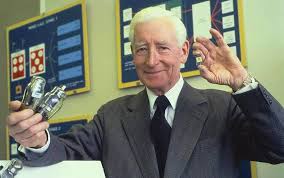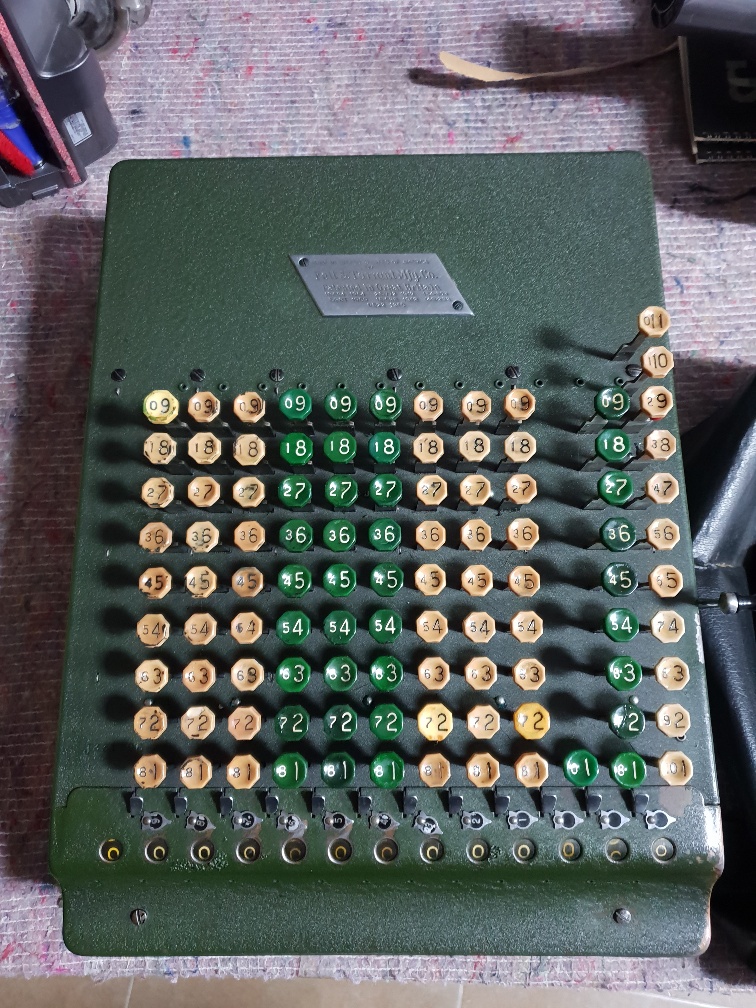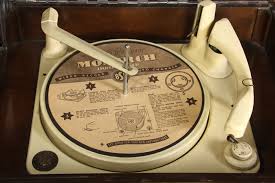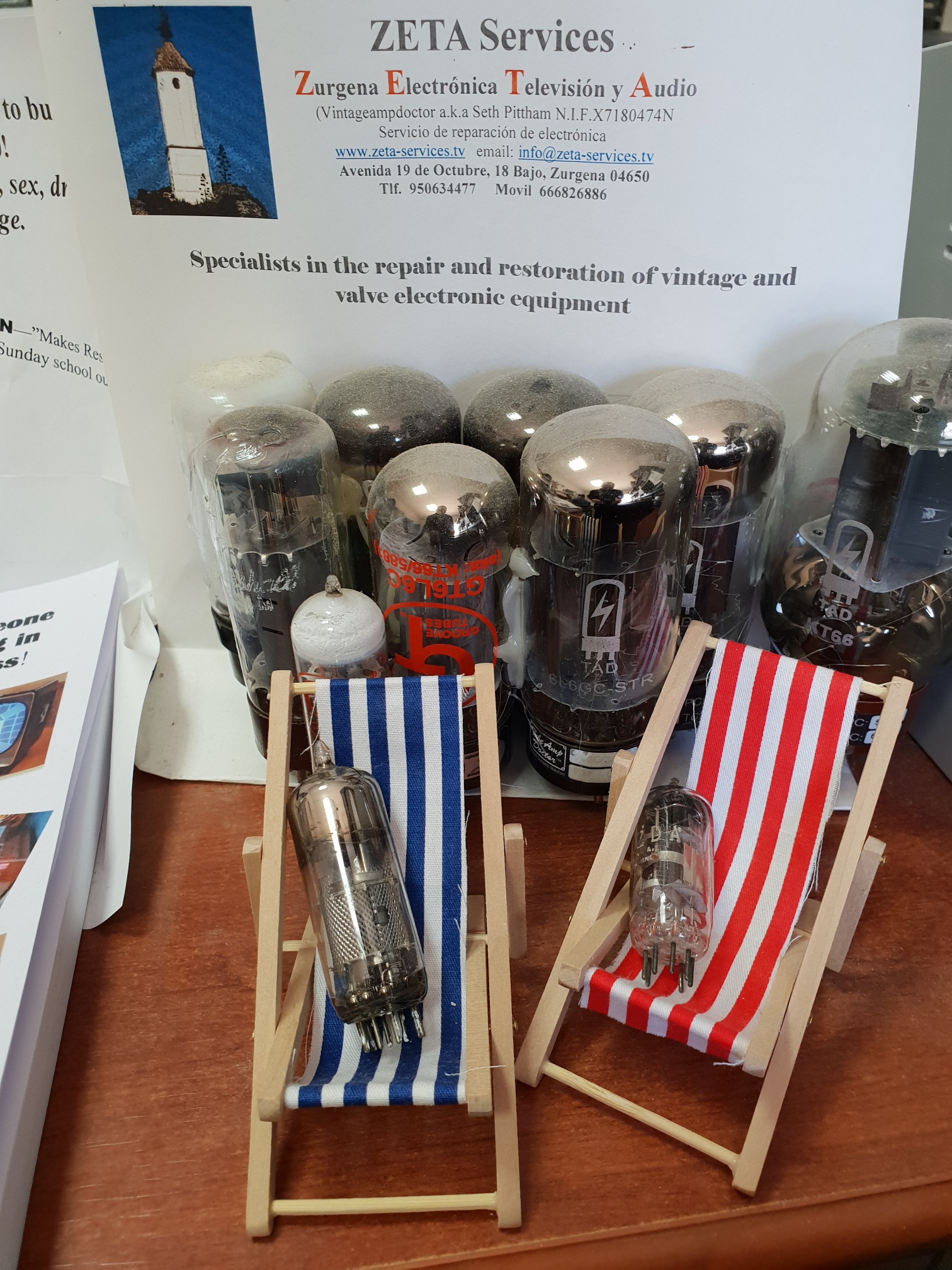
Last month, I wrote about Gordon Welchman. Unsung, and who was instrumental for some of the most incredible code breaking work at Bletchley Park during WW2. Judging by the queues of people lining up outside the shop wanting a signed copy, I thought I would remember another brilliant chap; Tommy Flowers. Tommy was responsible for the creation of the first programmable computer, which was key in the decryption of German Teleprinter traffic toward the end of the war.
After his apprenticeship and obtaining a Degree in Electrical Engineering, Tommy went to work for the GPO’s (General Post Office) cutting edge research centre at Dollis Hill in North London. He worked on the idea of creating an all-electronic telephone exchange that could be programmed. Up until then, the Strowger exchanges were electro-mechanical, slow, high maintenance and space hungry. By ’39 Flowers had put forward plans for the modern exchange.
Alan Turing, working at Bletchley Park, had been responsible for creating the mechanical “Bombe” deciphering machine. He had heard about Flowers working with electronic switching and asked his boss at Dollis Hill if he could come up with a system to help decode some of the data produced by the Bombes. Tommy put forward his ideas. However, the project never took off. Instead, Turing, being so impressed by Tommy’s work, asked him to set about making a machine to decipher the German Lorenz code. This cryptographic system was much more complex than Enigma and was used in conjunction with the teletypewriter system. The magical solution put forward was a piece of electronics containing something in the order of 1500 valves! This actually frightened staff at Bletchley, including Gordon Welchman, who said it would be unreliable due to the large number of valves. Gordon favoured a mechanical version. This however, would only work at a tenth of the speed. Flowers’ view was that valves were reliable if they were never switched off, which of course is spot on.
With the blessing of his boss and team at Dollis Hill, Flowers (funding a significant part of the work from his own pocket to prove a point) in 11 months, had created this monster valve machine. Put to work with cipher data from Bletchley, the system produced vital data from day one. The machine was called Colossus, for obvious reasons! Seeing the requirement for more deciphering and faster speeds, a Mk2 machine, (with upwards of 2,400 valves) was designed, installed and up and running at Bletchley by 1st June ’44. This immediately started to produce crucial information relating to the pending D-Day landings. Flowers later recalled the atmosphere when a motorcycle courier presented Dwight D. Eisenhower with a pile of Colossus decrypts just before D-Day started. The information was instrumental in the planning. Without this data, things would have been very different.
By the end of the war, 10 Colossi were in service at Bletchley. As a lover of all things valves, this must have been a great sight! Just working out the power required to feed this hungry lot, would give rise to losing huge amounts of heat alone, on the basis that each valve would dissipate a couple of Watts! By ’45, the 11th machine was moved to GCHQ. It was put to use in cold War activities, monitoring electronic communication traffic from those naughty Ruskies. It was switched off in ’60.
Post war, the government recognised his personal investment in creating Colossus. They gave him a brown envelope with a Grand in it. Great ah? In fact, it was nowhere near what had been spent and he shared it with staff that had stuck by him. He wanted to create a computing system for commercial use, but could not get funding by the bank as they couldn’t see how such a machine would work. Ironically, he couldn’t say “look mate, I have made loads of these” as he was governed by the Official Secrets Act. How ironic? He continued his work at the GPO research establishment and put in place the first electronic telephone exchange installed at Highgate Wood in the early ‘50s. Latterly, he worked for Standard Telephones and Cables where he headed a team working on modulation techniques for sending voice calls around the world.
His work on Colossus and related equipment, set the rules for modern day computing. It was all driven with a common clock signal for accurate synchronization of all different parts, the backbone of any computer today. He was never fully recognised for this, again as a result of the Secrets Act. So, if you wouldn’t mind, sit up, a quick salute to Tommy please.
Seth. Zeta Services








